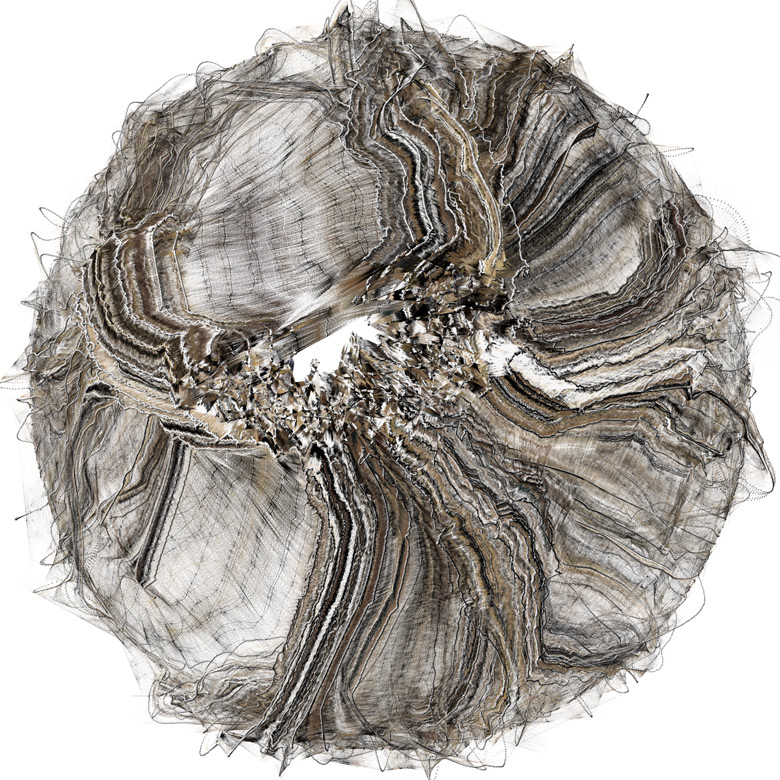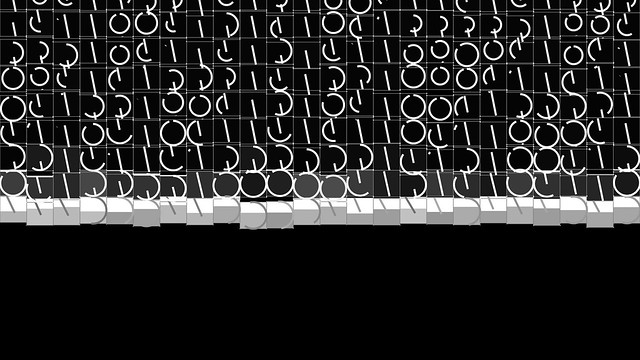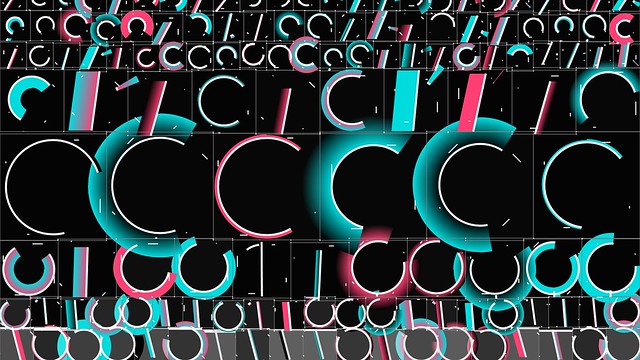For this post, I'll be discussing Daniel Brown's Dantilon: The Brutal Deluxe (2016.) The title might refer to the Brutalist architectural style of the rendered fractalline buildings. Though I don't know anything about architecture, I am interested in dream landscapes both neurobiological and artificially generated. In the waking brain, hippocampal place cells fire in response to a specific known location and orientation. More mysteriously, they also fire during sleep, when the body itself is still, but new and old memories flit through the hippocampus on their way to longer term storage. That specific place cells exist calls into question the sense one typically has of knowing unquestionably where one is located. To me, computer-generated landscapes take on the sense of dreamlikeness when they inspire a sense of familiarity, like a dredged-up memory, while simultaneously inducing discomfort and displacement.
The imagery here appears to have been created with a three-dimensional fractal (probably a recursive function drawing any of a selection of features at a given level, from the blocky planes that make up the 'walls' of the buildings down to their individual window detailing.) The work has a fairly high effective complexity, as every instance (at least that the artist included in the album) is perceptually unique. It does, however, skew more towards order than chaos. The rules of the generator are strict enough that all the architecture seems physically possible and remains photorealistic, albeit somewhat gravity-defying.












